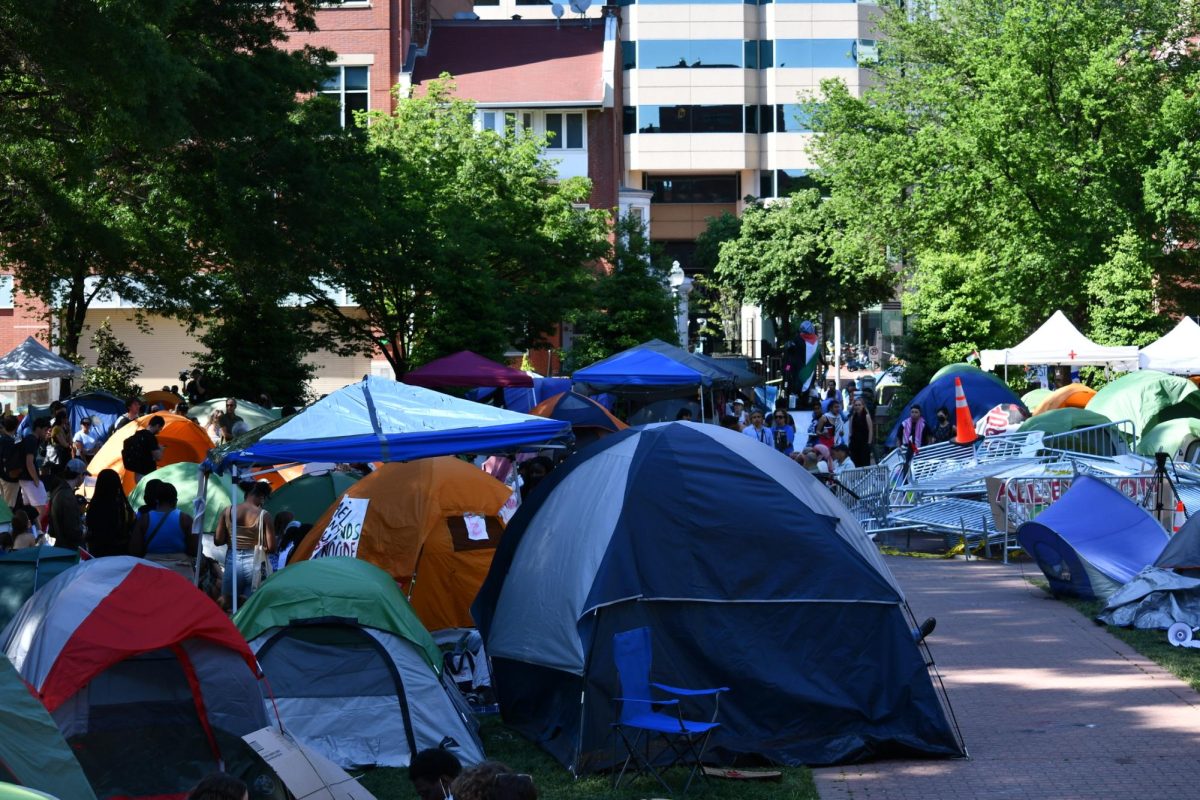Much fanfare is given each year to ranking the country’s colleges. Yet as Georgetown demonstrates, a greater challenge can lie in ranking the value of these various lists.
While U.S. News & World Report ranked Georgetown at 20th place this year, PayScale, which uses a metric focusing on graduates’ earnings, put Georgetown in a three-way tie for 41st with Kenyon College in Ohio and Embry-Riddle Aeronautical University in Arizona.
PayScale has ranked colleges based on graduate salaries since 2008. The company also analyzes salaries to help employees and employers assess what workers should be making. Harvey MuddCollege in California ranks first on PayScale’s list; the California Institute of Technology came in second. Princeton University, the top college according to U.S. News, was ranked 5th by PayScale.
The marked difference between the two lists can be attributed to each ranking’s different standards of measurement.
U.S. News ranks based on peer university evaluations, high school counselor ratings, freshman retention rate, graduation rate, class sizes, faculty pay and credentials, admissions selectivity and financial resources.
In contrast, PayScale ranks colleges based on graduates’ starting and mid-career salaries, as well as their response to the question “Does your work make the world a better place?” PayScale reported the average starting salary of Georgetown graduates to be $53,000, with a mid-career salary average at $103,000. Forty-one percent of respondents answered positively to the survey question. These data prompted a five-place drop on the PayScale system, where Georgetown placed 36th last year.
Dean of Admissions Charles Deacon said that rankings have trouble qualifying the complicated mix of factors present at each university.
“All of [the rankings] are attempting to put into numeric rank very hard to quantify information,” Deacon said. “The problem is that there’s such a huge variety of colleges in the United States. … One school’s strength may not be the same as another and yet how do you put them on the same scale?”
Deacon added that he was wary of ulterior motives behind rankings.
“People are looking for basically a way to make money,” Deacon said. “Rankings in our society sell magazines or sell advertisers.”
Deacon pointed to PayScale’s single-minded focus as a flaw in the rankings system.
“I think it’s a ‘sexy’ poll but of very little value,” Deacon said. “What is the relationship between money and academic excellence?”
Chloe Coughlin-Schulte (SFS ’14) echoed Deacon’s opinion about PayScale, particularly because many Georgetown students end up taking positions in government or at nonprofits.
“There’s a lot more to a college education then how much money you make,” Coughlin-Schulte said. “Honorable positions like being a civil servant or working for the government or being a diplomat are not typically super high-income professions but they’re certainly an honorable line of work, and I think Georgetown produces a lot of people like that.”
In addition, Deacon said he was wary about the validity of the research and data behind ranking systems.
“We’re a little cynical … because we don’t participate in the kinds of games that colleges do play,” Deacon said, referencing the university’s independence from the Common Application.
If Georgetown began using the Common Application, the university would be able to drastically boost its application numbers while maintaining its admit numbers, drastically lowering the university’s admissions rate — what Deacon calls a “game” played by other universities. Switching from early action to early decision would drive up the university’s yield rates, providing similar effects on rankings.
According to Deacon, although Georgetown is in the top 20 in the U.S. News & World Report ranking, the university actually competes academically with the top 10, particularly when recruiting students.
Neal Chaudhuri (COL ’16) agreed and said he did not choose Georgetown based on its ranking.
“I don’t believe in ranking colleges or universities in any way, shape or form through a numbered scale because how can you compare so much diversity and uniqueness between all the schools in the country?” Chaudhuri said.
Deacon suggested that rankings should give broader ranges rather than placing universities at particular numbered ranks. For example, Deacon said that rankings could group schools into groups of 25 in categories. Between those groups of 25, however, it is difficult to differentiate.
“What we hear is, ‘I really love Georgetown, but when it comes down to the final decision in April, [the University of Pennsylvania] is in the Ivy League,’” Deacon said. “That becomes a tipping point, so in the end, how do you measure these very similar institutions? They just have different circumstances.”














